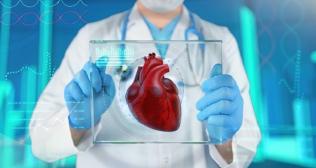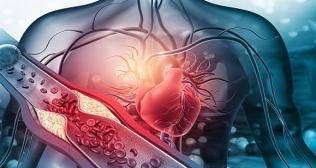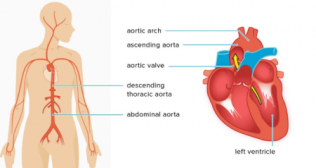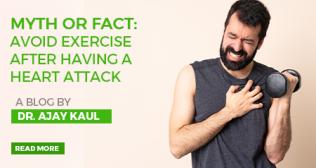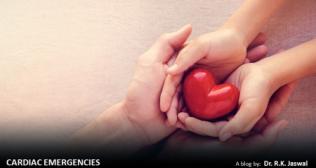
Difference between Heart attack and cardiac arrest - By Dr. Anil Saxena
Heart attack and cardiac arrest are often used imprecisely, and often indicate the same thing, but actually, they are completely different,
Heart attack is a commonly used term for myocardial infarction which occurs because of the sudden closure of an artery supplying blood to heart muscle or myocardium. This sudden stoppage of blood supply to a portion of the heart results in damage and reduces the efficiency of the heart. The patient can also develop rhythm disturbance of the heart due to this reduction in blood supply, which can sometimes be fatal.
The reason for heart attack is a gradual narrowing of coronary arteries due to the deposition of lipids, mainly cholesterol. Several factors contribute to it, like high cholesterol, smoking, diabetes, high blood pressure, etc. besides, some nonmodifiable factors are also responsible, like age, male gender, and family history.
So what is a cardiac arrest? As we know, the heart works as a pump and supplies blood to the entire body. For this, an electrical impulse begins in the right upper chamber of the heart for each heartbeat. From here, the current spreads to the entire heart and provides a signal to the heart muscle to contract. In cardiac disease sometimes the heart starts discharging electric current at a very fast rate. This leads to a condition called ventricular fibrillation in which the heart fails to contract rhythmically, and just fibrillates, resulting in loss of pulse and blood pressure. This is called cardiac arrest, and if untreated, results in death within minutes. Timely intervention with cardio-pulmonary resuscitation and electrical shock may help in this situation. However, minutes, even seconds are crucial in this situation because as cardiac arrest is allowed to exist, recovery becomes more and more difficult, For the same reason, patients at high risk of cardiac arrest have implanted a device called cardioverter-defibrillator (ICD) which monitors the heart rhythm. In case of sudden malignant arrhythmia, ICD can automatically deliver electrical therapy and save life of a patient.
Categories
Clear allMeet the doctor

- Cardiac Sciences | Electrophysiology
-
35 Years
-
2000







